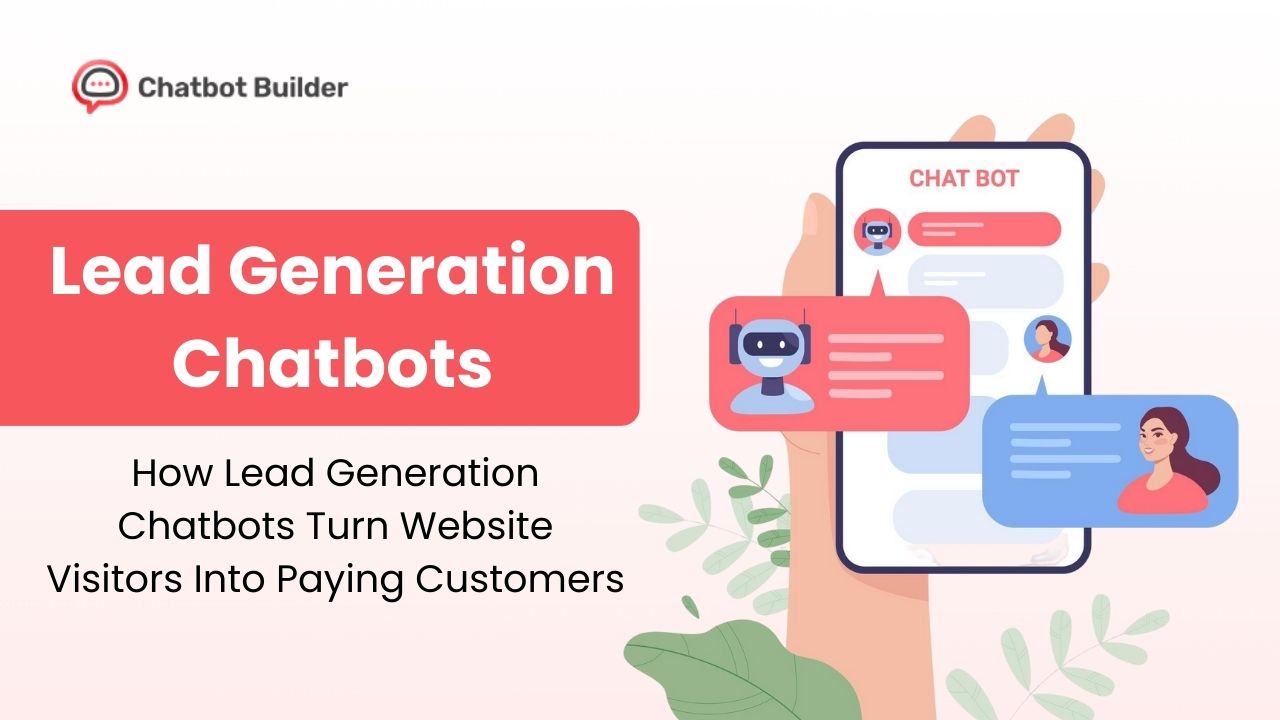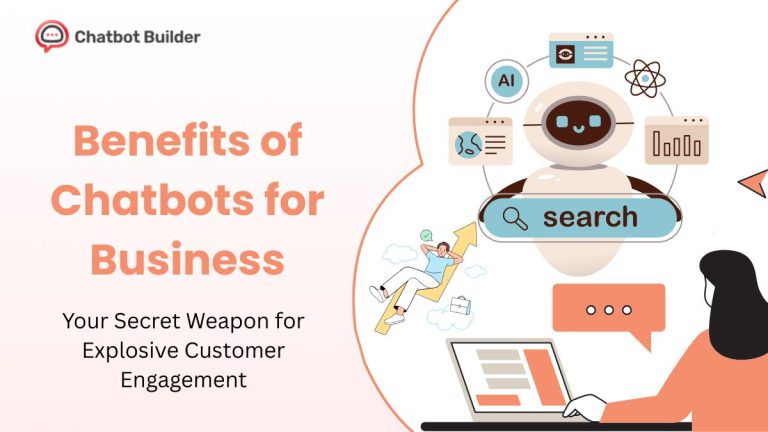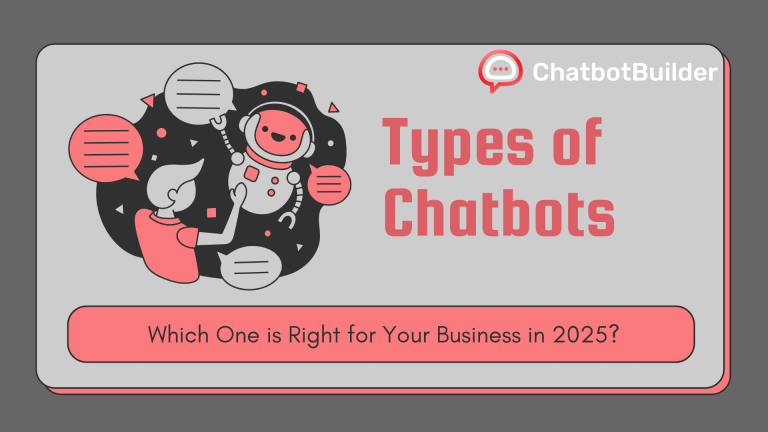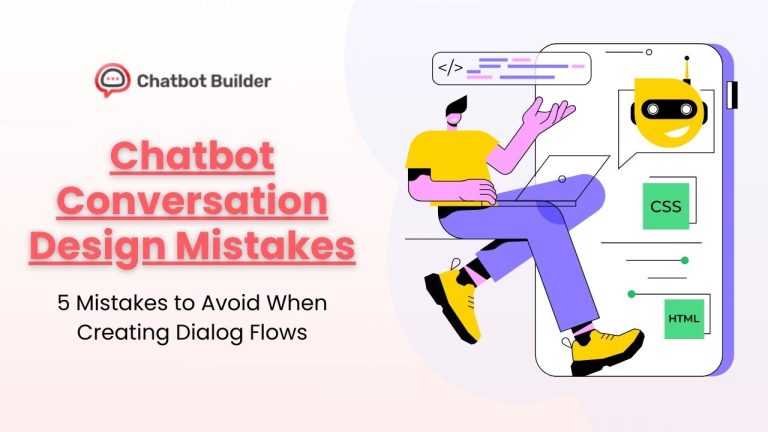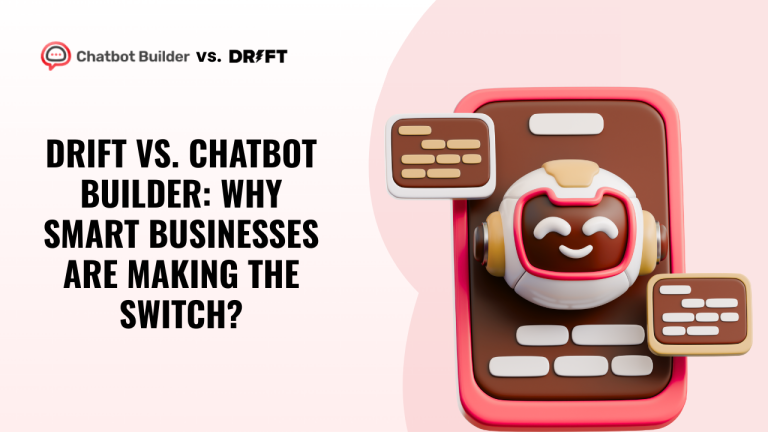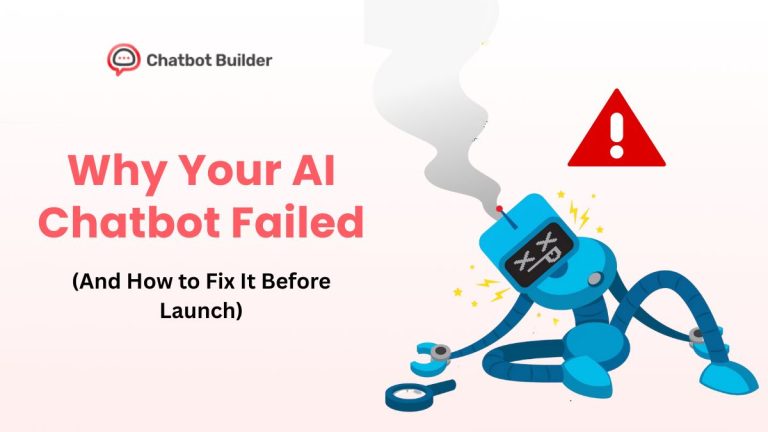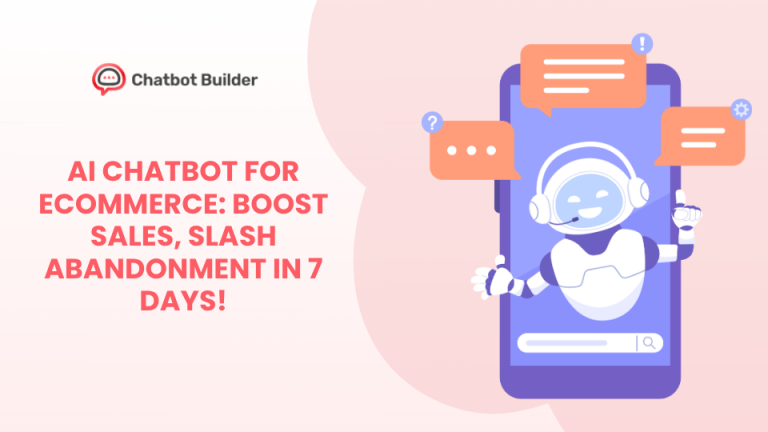You wake up to 47 new qualified leads in your CRM. No cold calling. No expensive ads that burn through your budget faster than a Ferrari burns gas. Just pure, automated lead capture that worked while you slept.
That’s the power of a lead generation chatbot combined with smart conversational AI for lead generation. These digital workhorses don’t take coffee breaks, never have bad days, and can qualify prospects 24/7 with the precision of your best sales rep.
But here’s where most businesses screw up: They think any chatbot will do the job. Wrong. Automated lead qualification chatbots need strategy, psychology, and the right technology stack to convert browsers into buyers.
Why Your Website Bleeds Potential Customers Every Day
Your website gets traffic. Some of it converts. Most of it vanishes into the digital void, never to return.
The math is brutal: 98% of website visitors leave without converting. That’s not a leak in your sales funnel, that’s a dam break.
But here’s what changes the game: 36% of companies turn to the chatbot market to improve lead generation, and business leaders claim that, on average, chatbots can increase sales by 67%. The average ROI for chatbots is about 1,275% when you factor in support cost savings and lead generation improvements.
Sales chatbots for lead generation solve this by catching visitors at their moment of peak interest. According to McKinsey research, 75% of customers expect a solution within 5 minutes when they have a question. When someone lands on your pricing page at 2 AM, your chatbot is there. When a prospect has questions about your service on Sunday afternoon, your AI chatbot for lead capture handles it.
The Science Behind Chatbot Lead Generation That Actually Works
Forget the robotic “How can I help you today?” approach. Modern lead generation chatbot software uses behavioral triggers and psychological principles that would make Robert Cialdini proud.
Smart chatbot marketing for lead generation starts with understanding visitor intent. Someone who spends 3 minutes on your case studies page needs a different approach than someone bouncing between your pricing and competitor comparison pages.
B2B chatbot lead generation works because it mirrors how humans naturally gather information. We ask questions. Instant answers matter to us. Decisions happen when we feel understood, not sold to. Salesforce research shows that 83% of organizations believe that improved chatbots will be the top generative AI application in commerce, with 77% of customers saying chatbots will transform their expectations of companies.
Real-Time Lead Scoring Changes Everything
Your lead capture chatbot should score prospects while talking to them. Someone asking about enterprise features gets tagged differently than someone asking about basic pricing. This isn’t just data collection, it’s intelligent automated lead qualification that makes your sales team’s job 10x easier.
Building Your Lead Generation Chatbot Strategy
Start with your ideal customer profile. Which questions do they ask? What objections come up? And what do they need to move forward?
Website lead gen chatbots are successful when they come across as conversations, not interrogations. Map out conversation flows that feel natural. Use branching logic that adapts to answers. Most folks will let you know just what they need if you ask the correct way.
The 3-Layer Approach to Chatbot Lead Generation
Layer 1: Engagement: Catch attention with value, not generic greetings. “Curious how companies like [visitor’s company] typically save 40% on [your solution]?” beats “Hello” every time.
Layer 2: Qualification Smart lead qualification chatbots gather information through conversation, not forms. Instead of “What’s your budget?” try “What would solving [their stated problem] be worth to your business?”
Layer 3: Conversion Bridge qualified prospects to your sales process. Book meetings, start trials, or direct to relevant resources based on their specific needs and readiness to buy.
Technical Requirements for High-Converting Lead Generation Chatbots
Your lead generation chatbot platform needs these non-negotiables:
Integration capabilities that have your CRM, email marketing, and sales tools in sync. Data trapped in silos is useless data.
Natural language processing that understands context and intent. Basic keyword matching died in 2015. Your prospects expect conversations that make sense.
Analytics and optimization features that show you which conversation paths convert and which ones need work. What gets measured gets improved.
Mobile responsiveness because 60% of B2B research starts on mobile devices. Your chatbot better work flawlessly on every screen size.
Common Lead Generation Chatbot Mistakes That Kill Conversions
Mistake #1: Asking for too much too fast Nobody wants to fill out a 12-field form before getting basic information. Earn personal details through value exchange.
Mistake #2: Generic responses that scream “bot” Personalization isn’t just using someone’s name. It’s getting a grasp of their business, their job, and their particular pain points.
Mistake #3: Dropping prospects once captured Lead nurturing chatbots ought to have a follow-up conversation after capture. Follow up on promised resources. Check in on trial usage. Stay helpful.
Mistake #4: Ignoring mobile experience Desktop-optimized chat flows often break on mobile. Test everything on actual devices, not just browser dev tools.
ROI Metrics That Matter for Lead Generation Chatbots
Track these numbers to prove chatbot ROI:
- Conversation-to-lead conversion rate: How many chat interactions become qualified leads?
- Lead quality scores: Are chatbot-generated leads closing at similar rates to other sources?
- Response time improvement: How much faster do prospects get answers compared to traditional methods?
- Sales cycle impact: Do chatbot-qualified leads move through your pipeline faster?
Customer acquisition cost (CAC) should decrease as chatbots handle initial qualification and nurturing that previously required human resources.
Advanced Lead Generation Chatbot Tactics
Behavioral targeting takes chatbot lead generation to the next level. Visitors from enterprise companies see different conversation flows than small business prospects. Someone who viewed your pricing page gets targeted follow-up questions about budget and timeline.
Progressive profiling builds detailed prospect profiles over multiple interactions. First visit might capture company size and role. The second visit adds budget range and timeline. The third visit identifies the decision-making process.
Integration with intent data allows chatbots to reference recent research activity. “I see your team has been researching solutions like ours. What specific challenges are you trying to solve?” feels like mind reading to prospects.
The Future of Conversational Lead Generation
AI capabilities grow daily. McKinsey research sizes the long-term AI opportunity at $4.4 trillion in added productivity growth potential, and 67% of IT leaders surveyed said they have prioritized generative AI for their business within the next 18 months. Conversational AI for lead generation now handles complex objection responses and pricing discussions that once required human intervention.
The global chatbot market is projected to reach over $994 million by the end of 2024. By using AI chatbots, companies can achieve up to a 30% improvement in e-commerce conversion rates. The use of chatbots since 2019 has increased dramatically by 92%, and 88% of users had at least one conversation with Chatbot in 2025.
Voice integration brings new opportunities in the form of smart speakers and receptions of voice searches on how people find and evaluate them.
Predictive Analytics helps chatbots identify the first opportunities for high value in conversation, and focuses where it matters most.
Getting Started With Your Lead Generation Chatbot
Select your platform on technical necessities and expansion strategies. Lead generation chatbot software varies from basic rule-based applications to AI-driven platforms that learn and evolve.
Begin with your top-performing pages and most frequent visitor inquiries. Perfect those conversation flows before expanding to complex scenarios.
Test everything. A/B test greetings, AI conversation flows, and result-driven call-to-action. Small modifications usually bring large conversion rate enhancements.
Train your team on chatbot leads. Sales reps need context about chatbot conversations to continue relationships smoothly.
Frequently Asked Questions
Pricing varies widely based on features and volume. Basic platforms start around $25/month while enterprise solutions can run $500+ monthly. Calculate ROI based on increased lead volume and reduced manual qualification time.
Modern B2B lead generation chatbots excel at initial qualification and nurturing but work best as part of a broader sales process. They identify and warm prospects for human sales teams to close.
Lead capture chatbots work 24/7 without human staff, use automated qualification flows, and scale infinitely. Live chat requires human agents but offers more nuanced conversation capabilities.
Track conversation-to-lead conversion rates, lead quality scores, and sales cycle improvements. Compare chatbot-generated leads’ lifetime value against implementation and maintenance costs.
Depends on technical resources and complexity requirements. Simple automated lead qualification chatbots can be built internally. Complex conversational AI for lead generation often benefits from specialist expertise.
Most businesses see initial results within 30 days of implementation. However, optimization takes 3-6 months as you refine conversation flows based on actual performance data.







